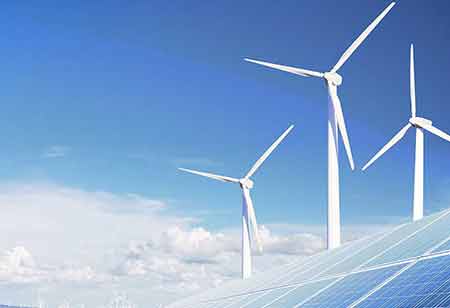Thank you for Subscribing to Energy Business Review Weekly Brief
Why Is An Energy Storage System Necessary?
The installation of renewable energy sources such as solar and hydropower plants is also rising as most countries try to reduce their dependence on non-renewable energy sources.

By
Energy Business Review | Tuesday, August 16, 2022
Stay ahead of the industry with exclusive feature stories on the top companies, expert insights and the latest news delivered straight to your inbox. Subscribe today.
The investment in energy storage infrastructure is expected to increase rapidly in the next couple of years.
FREMONT, CA: With the boost in industrial productivity, urbanization, and improving transportation networks, the energy demand is high. Demand has increased in the power sector, boosting electricity production by installing new grids and increasing the capacity of the existing networks.
The installation of renewable energy sources such as solar and hydropower plants is also rising as most countries try to reduce their dependence on non-renewable energy sources. Nevertheless, as energy production increases, a substantial amount of energy generated is lost in transit because of a lack of storage infrastructure.
To oppose this loss of power, investment in energy storage infrastructure is anticipated to gain momentum in the next couple of years.
Advantages of energy storage
Energy storage infrastructure stores the extra energy produced by the power grids to reduce wastage of energy and reduce the loss in transit. This also helps reduce the energy cost due to the economy of scale.
Also, storage units can supply energy in case of malfunctioning the power grid or emergencies such as a natural disaster. Furthermore, as storage units offer a backup supply for the energy, it also increases the efficiency of the primary power grid, which can afford production downtime or maintenance.
Investment opportunities in energy storage infrastructure
Energy storage infrastructure is an emerging sector with limited investments as of now. Still, due to the growing demand for unbroken energy sources, the demand for energy infrastructure is expected to grow significantly in the years to come. Therefore, companies cashing in the sector in advance will benefit in the long run.
Challenges associated with an investment in energy storage infrastructure
As noted above, this is a nascent sector with a limited number of operational companies. This also suggests restricted know-how about the processes with limited research and development scope.
Besides, the technological requirement for energy storage infrastructure will be diversified for different energy sources. For example, infrastructure and technical requirements for setting up energy storage for a solar power grid will drastically differ from those required for hydropower.






